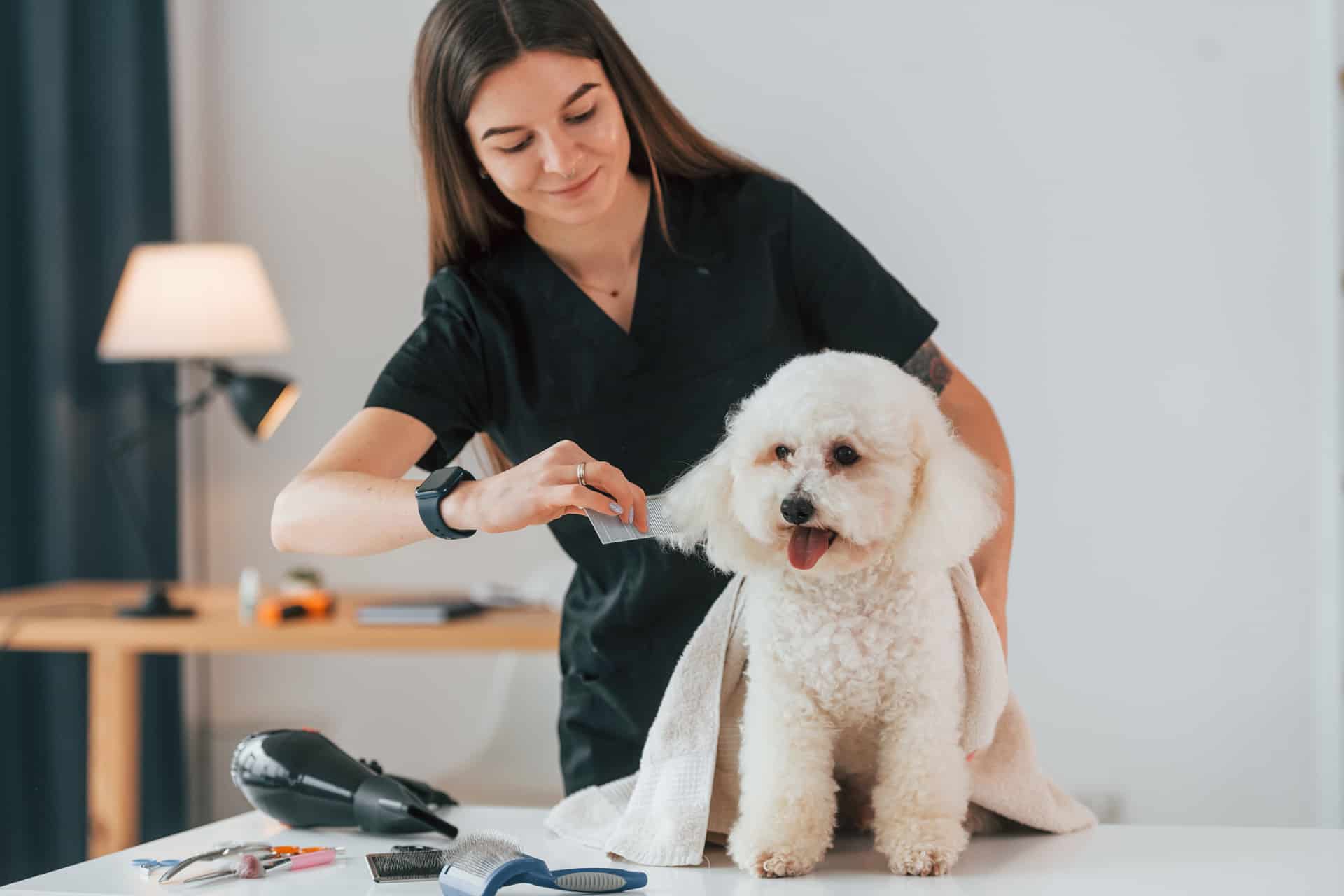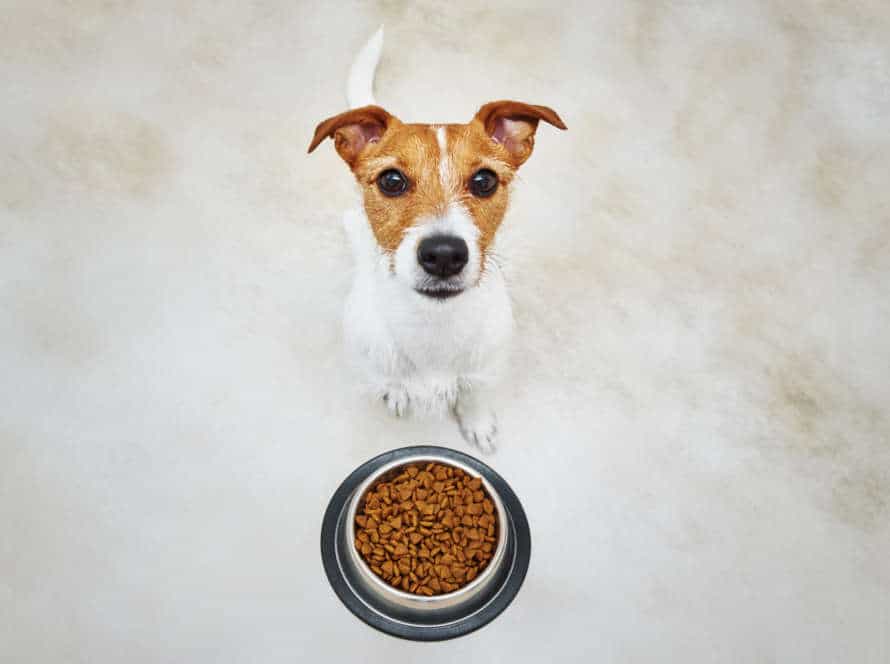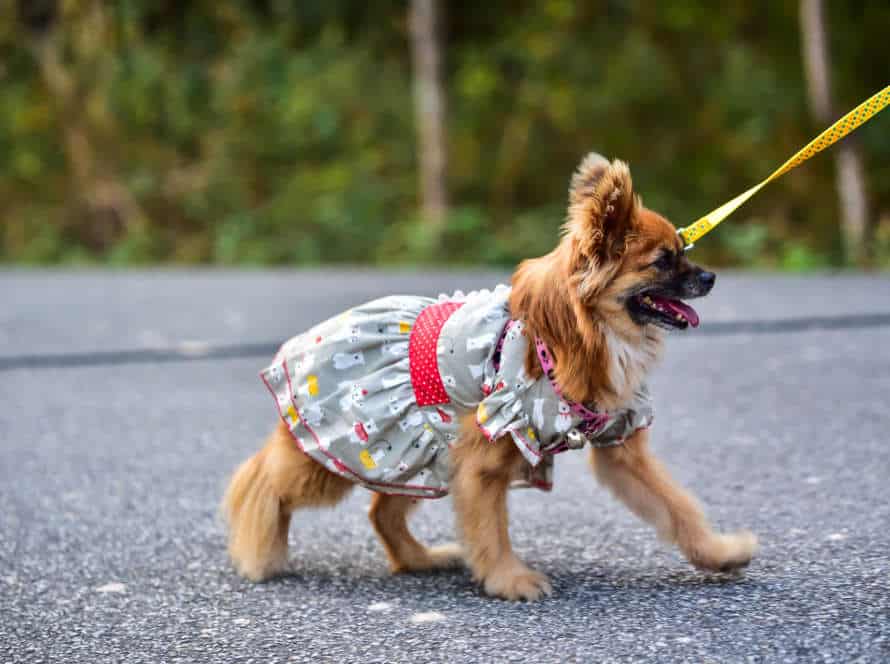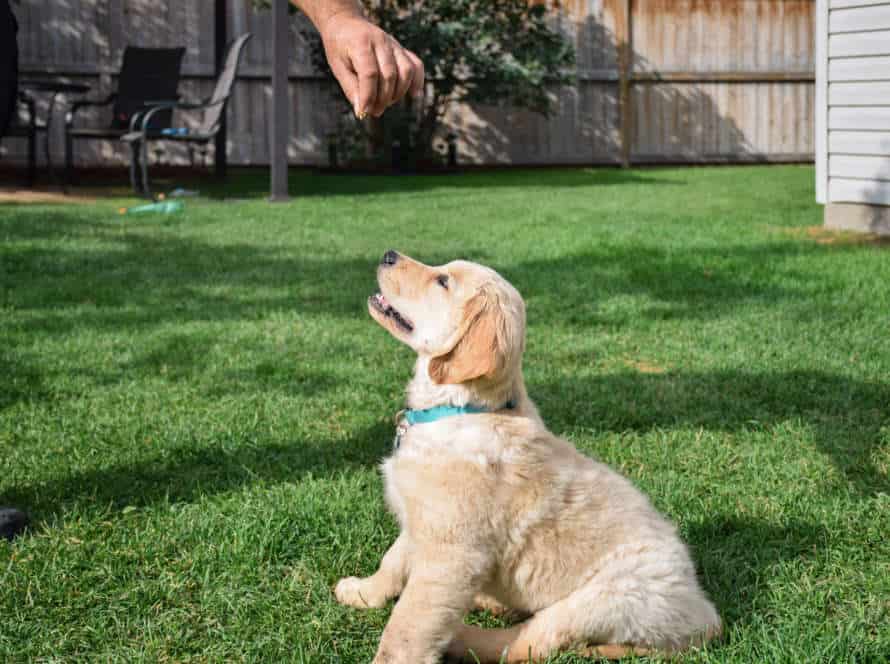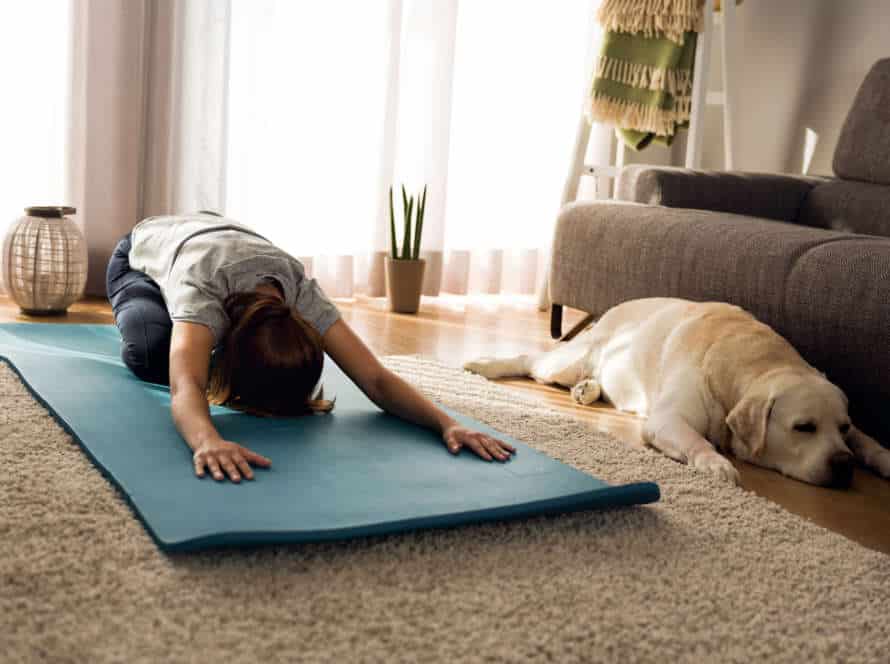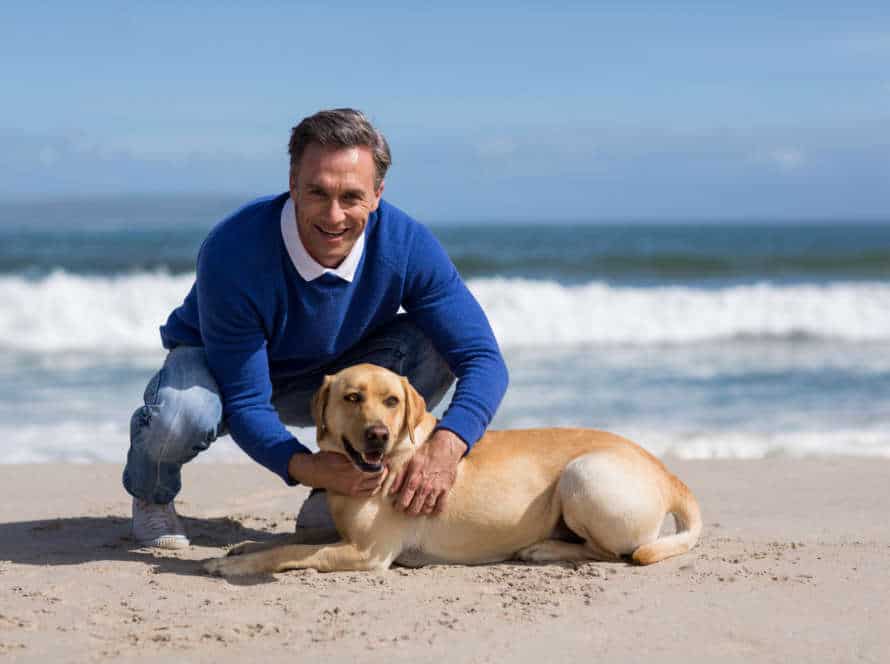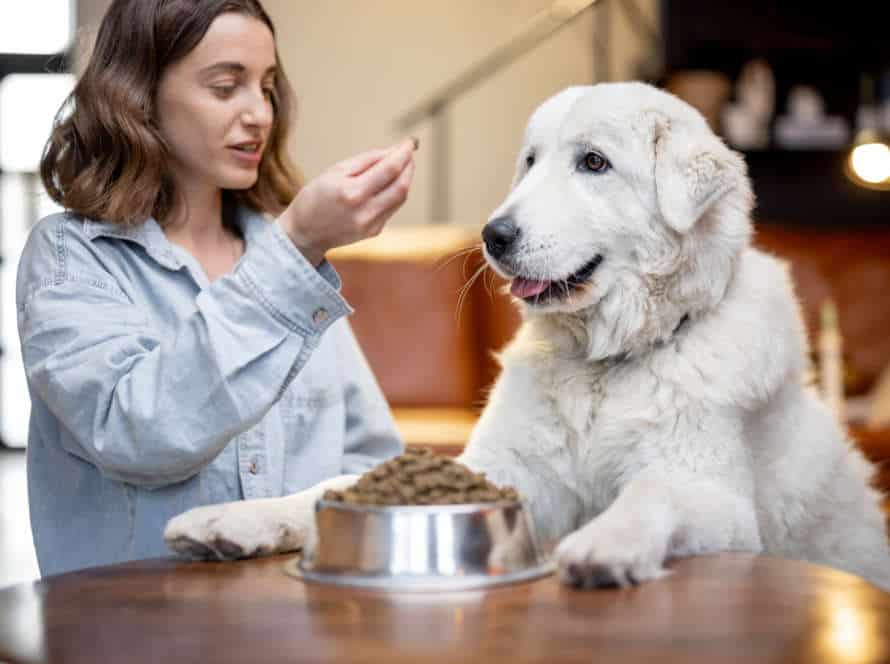Expert Grooming Techniques for a Beautifully Groomed Dog
If you own a pup, you know how essential grooming is. Here’re some expert tips for a perfect pooch!
- Brush them up: Regular brushing is key to prevent mats, tangles, and hairballs. Use the right brush for their fur type and brush in the coat’s direction.
- Bathing: Don’t bath too often as it can remove their coat’s oils. But, regular bathing is needed for them to smell and look clean. Use a dog-specific shampoo and conditioner and rinse well.
- Trim their nails: Trimming their nails is a must for their safety and comfort. Use dog-specific nail clippers and clip just the tip.
- Teeth cleaning: Brushing is crucial to prevent tooth decay and gum disease. Use a dog-specific brush and paste. Gently brush in circular motions.
- Ear cleaning: Cleaning their ears prevents infection and wax buildup. Use dog-specific ear cleaning solution and wipe with a cotton ball or pad.
Be patient, gentle, and reward good behavior. Pro Tip: Grooming not only keeps them clean and healthy, but also strengthens the bond between you and your pet.
Bathing and Drying
Baths are key for proper dog grooming. They aid with keeping your pup’s fur and skin in good condition. Plus, they help to keep your pet clean. So, how do you make sure you do it correctly? Here, we’ll discuss how to bathe and dry your dog. That way, they can stay looking and feeling their best!
Determine your dog’s coat type
It’s important to identify your pup’s coat type. This helps with choosing the correct grooming techniques, products and bath/dry schedule for a healthy and attractive coat.
Six common dog coats exist:
- Smooth – this is short, sleek and dense, needing minimal grooming.
- Double – an undercoat of soft hairs and a topcoat of rougher hairs, which sheds seasonally and needs regular brushing.
- Long – long and silky/fluffy, which tangles and mats without frequent grooming.
- Wire-haired – harsh and dense, needing specific grooming to keep texture.
- Curly – curly or wavy, needing daily grooming to avoid matting.
- Combination – a mix of textures, needing grooming based on the main coat type.
Knowing your dog’s coat type makes brushing and bathing easier, and promotes a healthy coat.
Gather necessary bathing tools and products
Groom your pup? Gather up all the tools and products needed! Here’s what to consider:
- Shampoo – Pick a dog-specific one that’s mild and has no harsh chemicals. Keeps their coat clean and healthy.
- Brush – Choose one that’s good quality and best for their coat type. Removes tangles and mats.
- Towels – Have several ready to dry your pup with. Use a warm, absorbent one to prevent chills.
- Cotton balls – Gently clean ears and stop water from entering.
- Non-slip bath mat – Place this in the tub or sink to avoid injury during bathtime.
With all these items, you can give your furry friend the best bath experience!
Properly bathe your dog
Bathing your pooch requires more than just soaking ’em and lathering them up. Expert grooming techniques are essential for a lush and healthy coat. Here are the steps to follow for a successful dog bath:
- Brush their coat first to remove any mats or tangles.
- Use lukewarm water to wet their coat completely, avoiding eyes and ears.
- Apply a high-quality dog shampoo and massage it in.
- Rinse off all the shampoo properly.
- Use a towel and pat dry, not rub harshly.
- Dry with a hairdryer on low or let them air-dry. Brush the coat while doing so.
Follow these steps and you’ll have a groomed pup with a glossy coat!
Drying techniques and tools
Drying your pup post-bath is just as important as bathing them! Different drying techniques and tools make sure your canine companion looks clean and healthy. Here are some of the best:
- Towels: Rubbing down with a towel is a great way to start the drying process. Towels can soak up a lot of moisture from a dog’s fur.
- Air Drying: Letting your dog air dry is easy, but not suitable for colder climates or dogs with thick fur.
- Force Dryers: These high-speed dryers blow warm air to dry fur quickly. Good for professional groomers. Use with care to avoid skin overheating.
- Absorbent Dog Drying Towels: These towels are designed to quickly absorb moisture from fur.
Remember to make sure your dog is completely dry before going outside or going to bed. Otherwise, they might catch a cold or get skin infections.
Brushing and Combining
Brushing and combing are musts for having a fab looking pup. Brushing helps combat tangles and mats, plus it gets rid of extra fur and dirt. Combing also helps spread the natural oils from the skin all over their coat, keeping it shiny and healthy! Let’s get into it and discover the tricks of brushing and combing to make a pup’s coat beautiful and healthy!
Importance of brushing and combing
Brushing and combing are essential for keeping your dog looking great and healthy. Here’s why:
- Removes dirt, dust, and debris. Regular brushing and combing help to remove any dirt, dust, and debris that can build up in their coat.
- Distributes natural oils. Brushing and combing help to spread your dog’s natural oils, which can improve the health of their coat and make it look shiny.
- Prevents matting and tangles. By brushing and combing regularly, mats and tangles are prevented which can be painful for your dog.
- Bonding time. Brushing and combing your dog can be a great bonding experience and help to strengthen your relationship.
Pro Tip: Choose the right brush or comb for your dog’s coat type, and make sure to introduce them to grooming from a young age.
Determine brushing and combing frequency according to coat type
Groom your pup with ease! Determine the frequency of brushing and combing for your doggo’s coat type with these tips.
Short-haired breeds like Boxers, Beagles and Chihuahuas only need brushing and combing once a week.
Medium-length-haired breeds, such as Golden Retrievers, Collies and Aussies, require more frequent brushing, around 2-3 times a week.
Long-haired breeds, like Afghan Hounds, Maltese and Shih Tzus, need daily grooming to avoid tangles and mats.
Plus, all pups need at least one weekly grooming session. This helps detect fleas and ticks, lumps and bumps, and keeps coats free of dirt and debris. Pro Tip: Regular grooming sessions also help build a stronger bond between you and your pup!
Gather necessary tools and products for brushing and combing
Be a pro dog groomer! Get the tools and products you need for brushing and combing. It depends on your pup’s coat type and grooming needs. Consider these items:
- Slicker brush: Good for getting rid of tangles and mats in medium to long-haired dogs.
- Pin brush: A gentler version of a slicker brush. For smoothing fur.
- Comb: Great for removing tangles, mats and checking for fleas and ticks.
- Shampoo and conditioner: Pick high-quality dog shampoo and conditioner based on their coat type, skin condition, and any allergies or sensitivities.
Make sure to get the right tools and products for your pup’s breed, coat type, and size. Then, they’ll look and feel great all year round!
Brushing techniques and tips
Brushing your pup is a great way to keep its coat healthy, prevent tangles, and mats. But, using the right techniques and tips can make it more effective and more comfortable for both you and your dog. Check out these tips:
- Pick the right brush: Different brushes work better for different types of coats. Slicker brushes are good for long-haired dogs, and bristle brushes are ideal for short-haired breeds.
- Take it slow: If your pup isn’t used to being brushed, start off slow and be gentle. Give treats and positive reinforcement to encourage cooperation.
- Brush with the hair growth: This will stop pulling, tugging, and any discomfort for your pup whilst brushing.
- Don’t forget the undercoat: If your pup has a double coat, use an undercoat rake to take away loose hair from the undercoat.
- From head to toe: Start from the head and work down to the paws.
By following these techniques and tips, you can make brushing a pleasurable experience for both of you, which leads to a well-groomed pup. Bonus tip: Make sure to clean your pup’s brush regularly to avoid spreading any germs or bacteria.
Trimming
Trimming is a must for any pup’s coat! It’s one of the most essential grooming techniques for pet owners. It’s key to keeping your dog’s coat looking its best, helping new growth and stopping it from becoming matted and tangled. In this piece, we’ll go over the tools, techniques and other important details you should know when trimming your pup’s coat.
Determine necessary trimmings according to breed and coat type
Different dog breeds need specific trimming techniques. Figure out the one that fits your pup’s breed and coat type.
For example, Jack Russells and Schnauzers need stripping – dead hair is pulled out manually or with a special knife. Poodles and Bichon Frise need a clipper cut for a smooth look. You can choose the length, depending on your preferences.
Coat types have different care needs. Know your pup’s needs and coat requirements to determine the best trimming technique.
Gather necessary tools and products for trimming
For a successful, safe dog grooming experience, you need the right tools and products. Here’s a list of must-haves:
- Clippers: Quality, sharp ones.
- Clipper blades: Depends on your dog’s hair length.
- Scissors: Get a sharp, comfortable pair for trimming sensitive areas.
- Brushes & combs: Detangle, remove mats and smooth the coat.
- Shampoo & conditioner: Dog-specific ones for bathing.
- Styptic powder: In case you’ve cut their nails too short.
- Treats: To keep them happy and relaxed during the process.
Be patient and calm to reduce stress and anxiety in your dog. Always be cautious and follow the proper grooming techniques for a beautiful groomed dog!
Trimming techniques and tips
Trimming your pup’s fur can be tough. But it’s important for keeping them healthy and clean. Here are some tricks and tips to help you groom like a pro:
- Get a good clipper: Buy a top-notch clipper that is right for your pup’s fur type and length. Keep the blade sharp for an effortless trim.
- Brush first: Before trimming, brush your pup’s fur to get rid of tangles and mats. This makes trimming simpler and more comfortable for them.
- Do it slowly: Trim in small parts, holding the clipper at an angle for a natural look.
- Don’t cut close to the skin: Don’t cut too close as it can cause nasty cuts and nicks. Keep a safe distance.
- Reward your pup: Always reward them with treats and praises after grooming to make the experience positive.
By following these tips, you’ll get a neat and stylish coat for your furry friend.
Nail Clipping
Clipping a pup’s nails is super essential for grooming. It helps keep them healthy and cheerful! Plus, you can spend quality time with your dog without worrying about them scratching you or your furniture. Let’s learn the right techniques to clip a dog’s nails!
Importance of regular nail clipping
Nail clipping is essential for keeping your pup’s paws healthy. Long nails can cause discomforts and make walking tough, plus they can lead to joint and paw issues. Clacking nails are often a sign they need to be trimmed.
It’s important to groom your pet, and these tips can help you do it right:
- Identify the quick, the pink part of the nail with veins and nerves. Cut the nail 2mm from the quick to avoid bleeding and pain.
- Have styptic powder or cornstarch handy in case of an accidental cut.
- Use a clipper made for dogs, not humans.
- Give your pup a reward for good behaviour during the session.
Nail trimming keeps your pooch happy and healthy. It’s recommended to trim their nails every four to six weeks, based on activity level and breed.
Gather necessary tools and products for nail clipping
Before you start clipping your pup’s nails, make sure you have the right tools and products. Here’s what you need:
- Nail Clippers – Buy a good-quality clipper fitted to your pup’s size and breed.
- Styptic Powder – Use this if you accidentally cut the quick.
- Treats – Offer treats during grooming to keep your pup calm.
- Brush – Brush their paws and nails beforehand to avoid injury and promote correct growth.
Once you’ve got everything, you’re ready to go! Pro tip – Let your pup sniff and explore the clipper before clipping.
Proper techniques for nail clipping
Nail clipping is essential grooming for dogs. To avoid pain, discomfort or injury, use proper techniques. Here are some expert tips:
- Calm your pup and provide a secure location.
- Firmly hold the paw without squeezing.
- Use sharp, appropriate-sized clippers to trim the tip of the nail, avoiding the quick.
- Trim just below the quick, if visible, to avoid bleeding.
- File rough edges with a nail file or emery board.
- Praise and reward your pup during and after the session.
- Repeat every 4-6 weeks or as needed.
Pro Tip: For dark nails, use a lighted nail clipper or get help from a professional groomer or vet.
Ear Cleaning
Ear cleaning is key to a healthy pup! This stops bacteria and yeast from causing infections, and stops itching and smells. Not taking care of your pup’s ears can cause big health issues. Here’s a guide to expertly groom and clean your dog’s ears.
Importance of regular ear cleaning
Cleaning your pup’s ears is an important part of pet ownership. It helps stop painful ear infections in the long-term. Experts say, breeds with upright ears should be cleaned weekly, while breeds with floppy ears need cleaning two to three times each week.
The process is easy. Pour some ear cleaning solution in the ear canal, massage it for 30 seconds, and wipe with a cotton ball or soft towel. Do the same on the other ear.
Pro Tip: Regular cleaning will help you detect early signs of infection – like redness, smell and discharge. If you think your pup has an ear infection, always talk to your vet.
Gather necessary tools and products for ear cleaning
Before cleaning your pup’s ears, it’s essential to have all the necessary tools and products. Here’s what you’ll need:
- Ear Cleanser: Choose a vet-recommended, gentle cleanser to remove dirt and debris.
- Cotton Balls/Pads: To apply the cleanser and dry the ear after.
- Ear Powder (Optional): To keep your pup’s ear dry during cleaning.
- Hemostat (Optional): For removing any hair blocking the cleaning process.
- Gloves (Optional): To protect your hands from dirt and bacteria.
Using the right tools and products is key to keeping your pup safe and sound.
Proper techniques for ear cleaning
Ear cleaning is an essential part of dog grooming. It helps maintain hygiene and prevents infections. Doing it correctly is easy. Here are the techniques:
- Gather ear cleaning solution and cotton pads/balls.
- Lift the dog’s ear, look for redness, swelling, or discharge.
- Put a few drops of solution in the ear canal.
- Massage the base of the ear gently.
- Use cotton to wipe away solution and debris.
- Repeat on the other ear.
- Don’t deep clean the ear canal – this can lead to infections or damage the ear drum.
- If you see signs of infection, discharge, or smell, consult your vet.
Teeth Cleaning
Teeth cleaning is a must for your pup’s grooming routine. It stops plaque and tartar from building up. These can cause gum disease, smelly breath, and other health issues.
There are a few ways to clean your pup’s teeth. We’ll explain the basics and the best techniques here. Get ready for a beautiful, groomed pup!
Importance of regular teeth cleaning
Regular teeth cleaning is essential for your pup’s well-being. Even if those chompers seem healthy, regular cleaning prevents dental issues from arising, saving money and keeping your pup’s teeth disease-free.
Brush your pup’s teeth regularly to reduce plaque and tartar buildup. Otherwise, periodontal disease might develop. This serious condition can cause inflammation, pain, bad breath, and even tooth loss. Plus, regular teeth cleaning halts bad breath.
It’s much cheaper and less painful to maintain good oral hygiene than to treat a problem that could have been avoided. To keep Fido healthy, regular teeth cleaning is a must.
Pro tip: Always use toothpaste made for dogs – never human toothpaste!
Gather necessary tools and products for teeth cleaning
Gather all the necessary tools before you begin teeth cleaning at home for your dog. This ensures a smooth process for you and your pet. Necessary items include:
- a dental toothbrush and toothpaste specifically formulated for dogs,
- clean warm water,
- a clean towel or non-slip mat for your pup to stand on during the cleaning, and
- treats/rewards for positive reinforcement.
Utilizing these items will maintain your dog’s oral hygiene and ward off dental issues. Be sure to ask your vet for any specific recommendations for your pooch!
Proper techniques for teeth cleaning
To keep your dog’s teeth clean and healthy, it’s essential to follow proper teeth cleaning techniques. This includes brushing, using dental chews, and visiting your vet once a year. Here are some tips for brushing:
- Use a soft-bristled toothbrush and dog-friendly toothpaste daily.
- Start slowly and use positive reinforcement to encourage good behavior.
- Brush in a circular motion, focusing on the gum line and the outsides of the teeth.
- Offer teeth-cleaning treats and chews to supplement the routine.
- Schedule an annual vet appointment for your dog’s oral hygiene.
Pro tip: Teeth cleaning can be a bonding experience for you and your furry companion.
Frequently Asked Questions
1. How often should I groom my dog?
It is recommended to groom your dog at least once a week. However, some breeds may require more frequent grooming due to their coat type and length.
2. What are the essential grooming tools for my dog?
The essential grooming tools for your dog include a slicker brush, a comb, nail clippers, and dog-specific shampoo and conditioner.
3. Can I use human shampoo on my dog?
No, it is not recommended to use human shampoo on your dog. Human shampoo can be too harsh for a dog’s sensitive skin and may cause irritation or skin allergies.
4. How do I prevent matted fur on my dog?
To prevent matted fur on your dog, brush your dog’s coat regularly, especially in areas where matting is common, such as behind the ears, under the legs, and armpits. You can also consider trimming or clipping your dog’s coat to prevent matting.
5. When should I trim my dog’s nails?
You should trim your dog’s nails every 2-3 weeks or as needed. Overgrown nails can cause discomfort, difficulty walking, and even lead to injury.
6. How can I keep my dog calm during grooming?
You can keep your dog calm during grooming by providing them with treats, positive reinforcement, and breaks if needed. You can also play calming music or use aromatherapy to create a relaxing environment.

